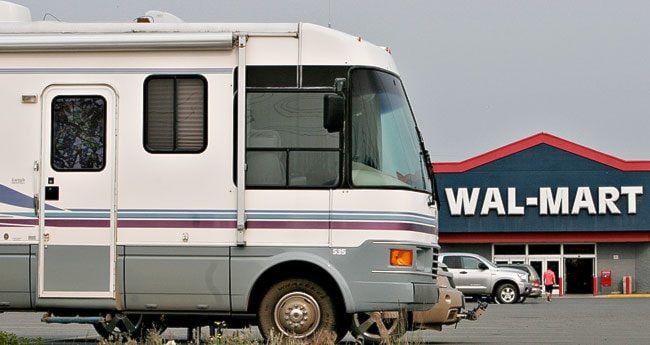Statistics Canada reports national tourism is at an all-time low, but Yukoners aren’t feeling the crunch.
Tourism to Canada hit an all-time low in March, with the fewest number of overseas and American tourists coming to Canada since record keeping began in 1972.
On average, Canadian tourism saw a 12 per cent reduction over the previous year.
While Ontario businesses are preparing for rock-bottom sales, Yukoners remain calm.
“Looking at tour numbers right now, one to five per cent tops is what we’ll be off compared to the previous year,” said Heather McIntyre, manager of the Westmark Whitehorse hotel.
The resilience of Yukon tourism is nothing new.
In 2007, while international visitors to Canada decreased by two per cent, international visitation to the Yukon grew by five per cent.
US visitors were down by three per cent, but in the Yukon US visitors increased by five per cent.
Yukon tourism was expected to see a slight decline in US visitors as a result of the US recession and upcoming presidential elections.
A key source of tourism revenue is the fleet of box-shaped RVs swarming through the territory every summer. Even with rising gas prices, increased border restrictions and a strengthening Canadian dollar, the road yachts keep coming.
“The RV business is definitely not shrinking,” said Leo Boon, manager of Cruise Canada.
The industry has seen a bit of a downturn, but nothing close to the scale of what’s being seen in other parts of Canada, said Boon.
“(Business) is a little softer, mostly because it’s cheaper to travel in the lower 48 US states,” he said.
Ontario tourism has been hit most heavily by a reduction of small, cross-border day trips.
“That trend of diminished visitation from the Canadian to the American side has been happening for the past 10 years,” said Boon, who has managed Cruise Canada outlets in other North American locations.
RV business experts believe the motivation to see the North is far stronger than any rise in the price of gas.
“Most American tourists want to go to Alaska — it’s part of the American dream,” said an employee at a major Dawson City RV park.
“They want to fill up all the stickers on their RV,” she said, referring to a map on the back of many RVs that get filled with state-shaped stickers corresponding to US states visited.
“Every American has to see all 50 states,” said Boon.
“If you’re already committed to spending a considerable sum on an RV trip north, what’s an extra $300-$400 on fuel?” said Canadream manager Sten Linde.
The increased fuel costs may be only a fraction of a trip that can often run as high as $8,000 to $10,000.
At the current price of $1.38 per litre, a standard 7.8-metre RV can cost up to $280 for a fill-up.
An RV will burn 25 litres of fuel to travel 100 kilometres on the highway, so that $280 will bring the RV roughly 800 kilometres; just under half the distance separating Whitehorse and Fort St. John, BC.
European tourists flying in on the Condor Air flight from Frankfurt to Whitehorse also contribute heavily to Yukon’s tourist revenues.
European visitors who rent RVs are undeterred by Canada’s rising gas prices, which are still much lower than those in Europe, said Boon.
“Overall, we’re not so affected up here because when people make choices to travel to the Yukon or Alaska, that’s a once-in-a-lifetime trip,” said McIntyre.
“Are you really going to postpone your once-in-a-lifetime trip just because your economy isn’t doing so well or the price of gas went up?”
Cruise ships are also a key source of Yukon tourist traffic. While rising gas prices have been passed on to the cruise passenger in terms of fuel surcharges, these costs are much less obvious.
The number of European tourists traveling to the Yukon has risen over the years, but they are still a minority of the visitors.
In 2007, the territory saw 20,155 visitors from Europe. More than 10 times that number came from the United States.
“One thing with tourism, it’s never over ‘til it’s over. So really, anything could happen, there could be other hits that change everything from today,” said McIntyre.
